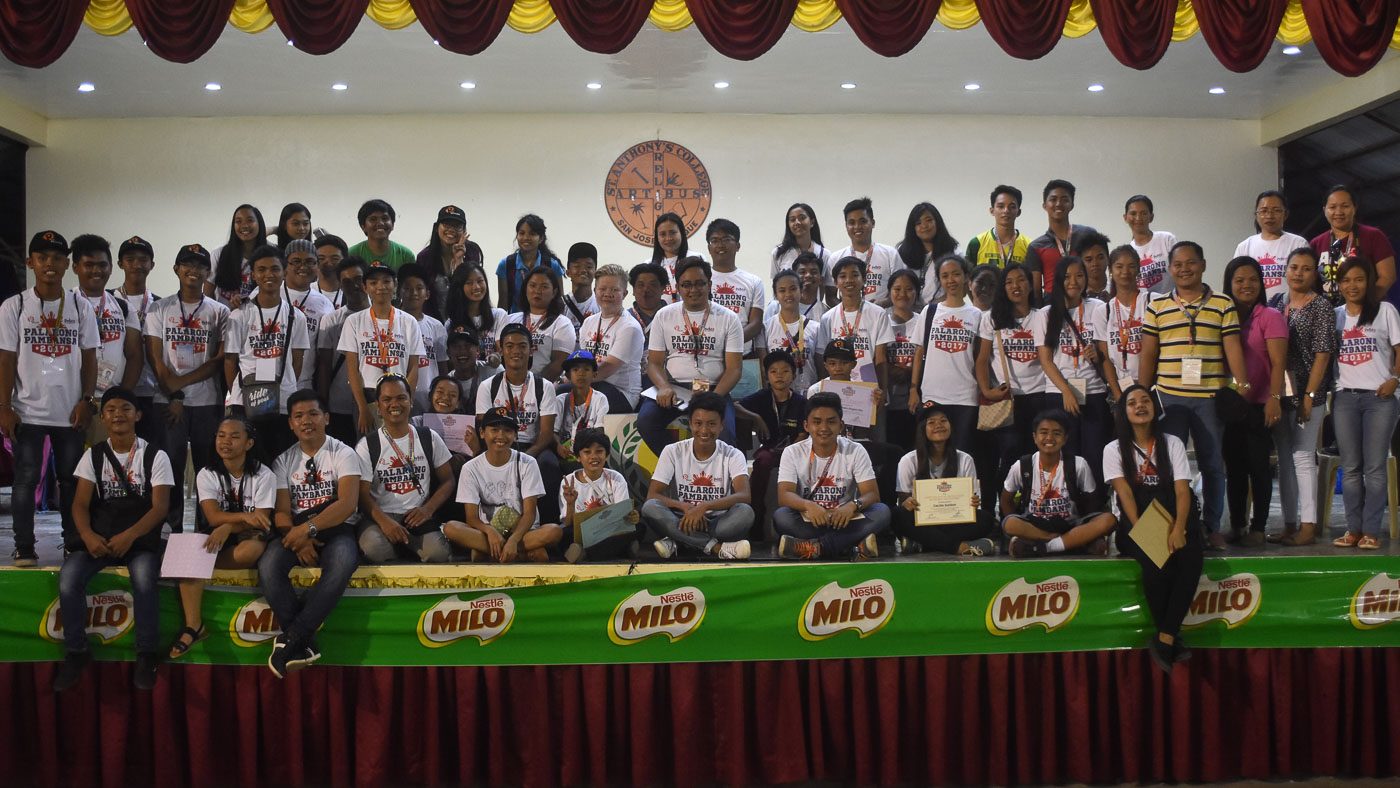SUMMARY
This is AI generated summarization, which may have errors. For context, always refer to the full article.
![[OPINION] What I learned after covering Palarong Pambansa](https://www.rappler.com/tachyon/r3-assets/612F469A6EA84F6BAE882D2B94A4B421/img/C9344476A4F44604BAE8AE634DF293C2/palaro-movers-program-200413.jpg)

Publishing articles under your name, appearing in news reports, taking photos to be included in the event’s highlights, and gaining more followers on social media – these are come of the things I experienced during the Palarong Pambansa 2017 in Antique.
With all the exposure that comes with the Palaro Movers Program, getting the opportunity to gain this much recognition must, at first glance, seem like nothing but a dream come true.
Looking back, I realized that receiving intensive hands-on training from professional journalists is something that not every campus journalist gets to experience. Covering last year’s Palarong Pambansa alongside them was undoubtedly an adventure of a lifetime. Exposure, in retrospect, is such a trivial thing next to every lesson and experience I’ve gained throughout that journey.

I went to San Jose de Buenavista in Antique as one of the 4 campus journalists from Cagayan Valley Region to participate in the journalism program forged from MovePH and DepEd’s partnership.
I was one of the 120 campus journalists and publication advisers who received 3 days of training on sports writing, photojournalism, video production, storytelling, and the use of social media. Nervous excitement filled me as I sat with the country’s best student journalists, some as young as 10 years old. Needless to say, I was intimidated beyond belief.
The #FacesOfPalaro was perhaps the most notable project we, Palaro Movers, were given even before the Palarong Pambansa started.
Inspired by Brandon Stanton’s Humans of New York, we were tasked to take pictures of athletes, coaches, or common townsfolk on the streets of Antique as we traveled to the different sports venues. Sharing these stories and photographs on social media helped drum up interest in the event, and prepared us journalists for field work as well.
Documenting all 5 days of the country’s biggest sports event for student-athletes was certainly not easy. I had to constantly push myself out of my comfort zone, starting from the event’s welcome parade, where I had to run while capturing photographs and videos of the different delegations as they marched through the streets of the provincial capital. The days only grew to be even more challenging as we had to commute to various parts of Antique to give the different sports as much coverage as possible.
Having been given the same privileges as any other professional journalist from whichever news organization, my companions and I had to adapt to their lifestyle as well.
A journalist’s lifestyle entailed a rigorous workload that required spending entire days under the heat of the sun, whether to take pictures or to list down facts and figures. It required rushing over to interview atheletes, coaches, sports officials, and other interesting personalities right after a game, as well as running to and from the media center to submit multiple stories per day. It required working until 10 pm on some days, despite knowing you might not be able to catch a ride back to your quarters.
While the coverage itself molded me to be more versatile – I practiced writing on top of being a photojournalist – there was another side to the experience that helped me grow not only in craft but in character as well.
Being sent out into the world to gather so many compelling tales, listening to the stories of strangers I would have never crossed paths with otherwise – this, for me, was the highlight of my Palaro adventure. It was gathering the courage to approach the man in a wheelchair at the edge of the football field, who turned out to be an ex-athlete who never lost his passion for sports even after paralysis.
It was talking to a winning swimmer after her event, and finding out that her constant inspiration was the mother she lost to cancer two years ago, who used to be her biggest fan.
No amount of exposure or recognition could compare to the fulfillment that came with sharing the stories of all these unsung heroes.
It’s been a year since the 2017 Palarong Pambansa, yet I still find myself looking back on the fond memories this venture has given me. I still find myself reaching out and reminiscing with the friends I’ve made from different regions of the Philippines. (READ: DepEd, PSC to train campus journalists for Palarong Pambansa 2018 coverage)
I still find myself wishing for another shot at this endeavor that I’m proud to call the peak of my career as a campus journalist.
Not only has it honed my craft, but it contributed such a significant impact on how I view people, passions, and dreams as well.
The Palaro Movers program indeed, with all its worthwhile struggles, is every aspiring journalist’s dream. – Rappler.com
Clarisse Cabinta is a graphic artist, feature writer, and photojournalist from Tuguegarao City. She is one of the 120 campus journalists and publication advisers trained by Rappler under the Palaro Movers Program in April 2017. She is an incoming Grade 12 student at the Ateneo de Manila Senior High School.
Add a comment
How does this make you feel?
There are no comments yet. Add your comment to start the conversation.